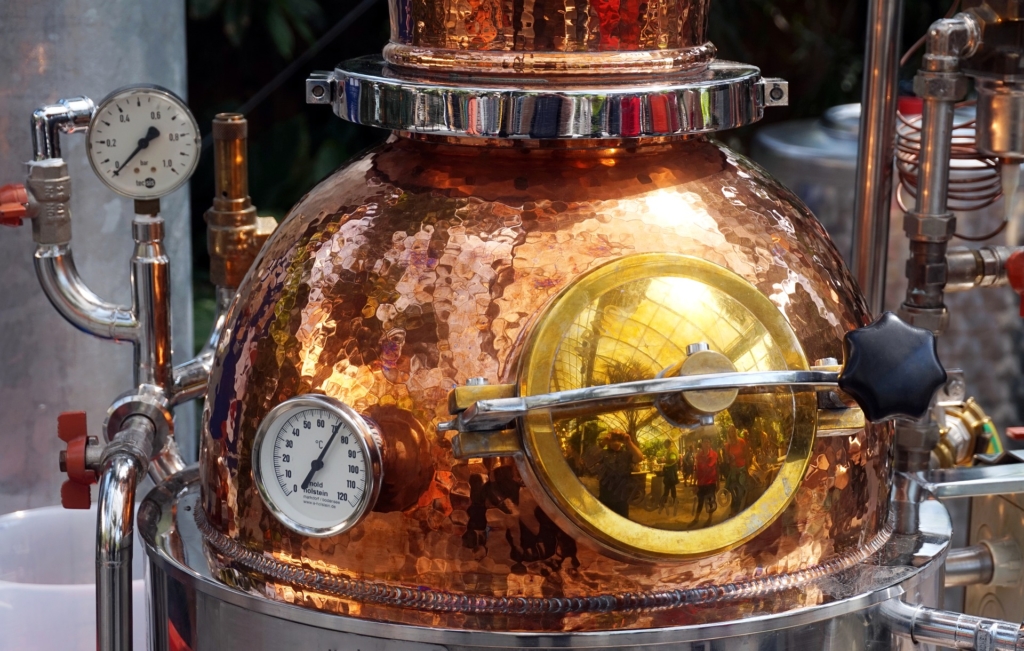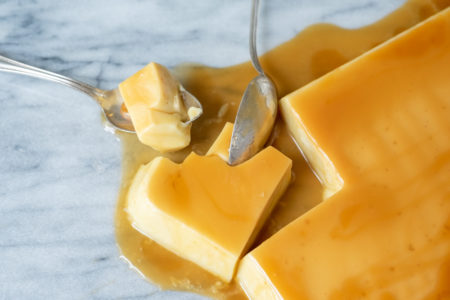Distilled spirits are interesting because they are a concentrated, complex expression of their baseline ingredients. Brandy, which is made from distilled wine, is perhaps the most captivating of spirits because the wine from which it is derived can often be highly nuanced and flavorful right from the start. For instance, brandy can be made using apple wine, grape wine, or berry wine, all of which have their own unique characteristics and flavors even before distillation takes place.
Most brandies are typically aged, which gives them time to develop new flavors. The amount of time spent aging and the vessel in which the brandy is distilled will both influence the finished product. Traditionally, brandy is aged in oak barrels, but newer, larger distillers may age the brandy in stainless steel tanks with oak staves or wood chips added to the mix.

The name brandy is derived from the Dutch word brandewijn (burnt wine), which refers to the heat applied to the wine during the distillation process. Brandy only became widespread once the process of distillation was widely utilized in the 16th century. Brandy endured because of its ability to last long sea voyages without spoiling. Unlike wine or port, which have lower alcohol contents and are more prone to spoilage, brandy is about thirty-five to sixty percent alcohol by volume. Brandy’s staying power made it a valuable transatlantic commodity at the time.
Today you don’t have to travel far for a good glass of brandy and producers all over the world make interesting and unique types. Armagnac is a type of brandy from the Armagnac region of France with a light fragrance and soft, complex flavor. Pisco is a type of brandy produced in Peru and Chile that is pale yellow in color with variations in flavor that range from nutty to citrusy to sweet. Pisco is also great in cocktails; Pisco Sour, anyone? In the United States, California has a wide variety of distillers producing brandy from California grapes.

When shopping for brandy you can learn a lot about the product based on the label. There is a traditional grading system used to illustrate the length of aging the brandy has undergone. V.S brandy is the youngest and aged for a minimum of two years, V.S.O.P is aged for four years, XO is aged for six, and the term hors d’age, which means “beyond age” is used for brandies aged longer than the official scale. Next time you’re enjoying an after dinner brandy, be sure to appreciate the complexity and finesse of this special and sophisticated spirit.
Feature Image: Bespirituosas Bespirituosas from Pixabay



